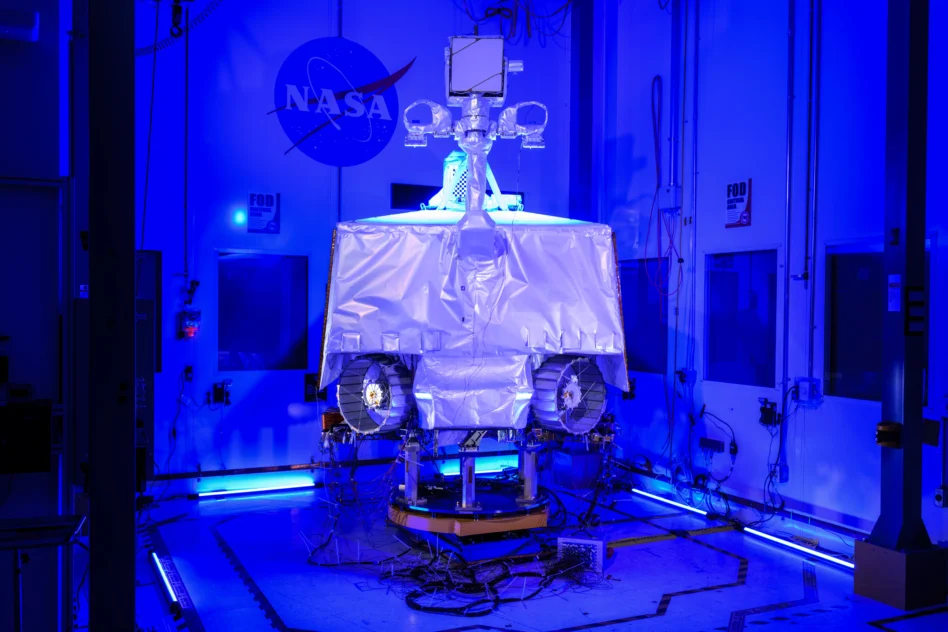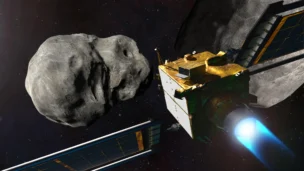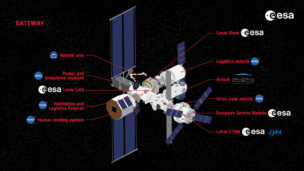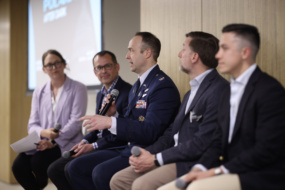NASA’s decision to cancel its nearly-completed lunar ice-hunter robot raises serious questions—and bipartisan leaders of the House Science, Space, and Technology Committee want answers.
Four top lawmakers sent a letter to NASA late Friday casting much doubt on the agency’s decision to halt its VIPER mission after already sinking $450M into the spacecraft, which was fully assembled and awaiting testing.
“NASA’s decision to terminate a nearly completed lunar rover and use the full value of the firm fixed price contract with the CLPS provider to launch dead weight in lieu of VIPER raises serious questions,” reads the letter from Reps. Frank Lucas (R-OK), Zoe Lofgren (D-CA), Brian Babin (R-TX), and Erin Sorensen (D-IL).
Background: NASA announced July 17 that it would end its VIPER (Volatiles Investigating Polar Exploration Rover) mission due to cost increases and launch date delays. The agency said that continuing the program, which was intended to look for water ice at the Moon’s south pole, would have threatened other missions under the Commercial Lunar Payload Services, or CLPS, umbrella.
VIPER was expected to hitch a ride to the lunar surface aboard Astrobotic’s Griffin lander, which is now expected to launch with a mass simulator onboard in fall 2025.
Homework: The lawmakers gave NASA a long list of questions to answer, including:
- How much it would cost to finish the spacecraft and operate the mission
- What the agency has done so far to cancel the program
- A cost estimate for FY25 if VIPER were to be resurrected
- A summary of lessons learned, and how those lessons will be applied to future CLPS missions
- How much NASA will save by flying Astrobotic’s Griffin lander with dummy payload versus with VIPER onboard
- How much it would cost to disassemble VIPER, keep it in storage, and fly it on a future mission
- What efforts NASA made to work with international partners on VIPER before deciding to cancel it
- How canceling the mission will affect US leadership in orbit
Answers are due to Congress by Sept. 20.
SOS: In July, more than 2,000 members of the public signed a letter to Congress led by the Planetary Society that asked lawmakers to add the program back into NASA’s budget.
NASA has also asked for industry proposals to take over the mission. Intuitive Machines has said that it sent a letter to the agency expressing interest in the program.
The bottom line: When NASA announced the cancellation of the program, it seemed like a done deal. But top lawmakers using phases like “if the project is to be terminated” suggests that VIPER could come back from the dead, especially since it’s Congress that controls the space agency’s budgetary priorities.




